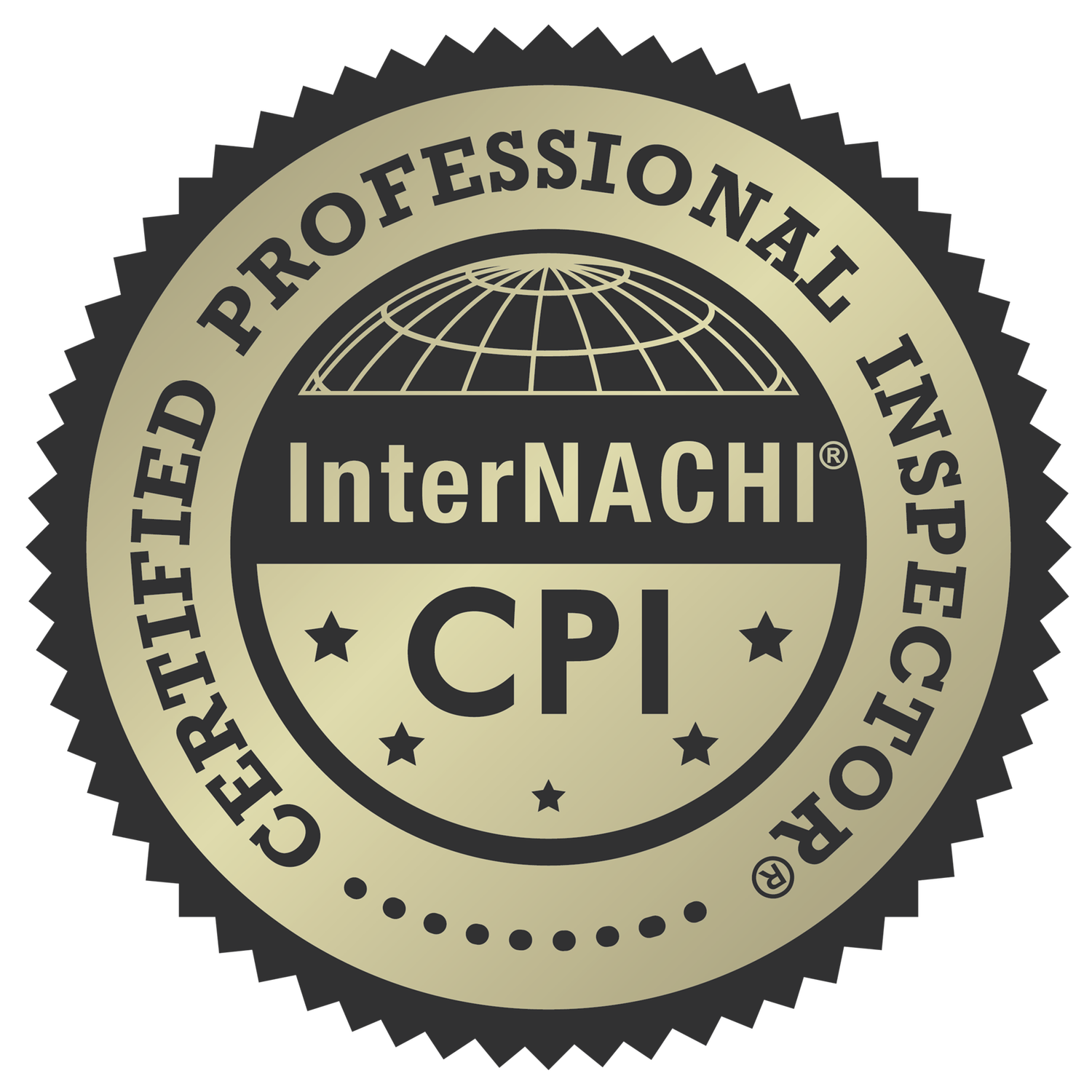Making Your Home Energy Efficient and Save on Utility Bills
A more energy-efficient home doesn’t just help the planet—it helps your wallet too. Whether you're a homeowner or a property manager, reducing energy waste in existing homes can significantly lower utility bills and boost overall comfort. Here’s how to make your home more energy efficient, with strategies backed by trusted government and environmental agencies.
1. Seal Air Leaks and Insulate Properly
One of the simplest yet most effective ways to improve energy efficiency is by sealing air leaks around windows, doors, and plumbing penetrations. Heat can easily escape through these gaps, forcing your HVAC system to work harder.
Action Tip: Use weatherstripping or caulk to seal gaps and add insulation in attics, walls, and crawlspaces.
According to the U.S. Department of Energy (DOE), sealing leaks and adding insulation can save up to 20% on heating and cooling costs annually.
Source: energy.gov - Insulation and Air Sealing
2. Upgrade to Energy-Efficient Windows and Doors
Older, single-pane windows and poorly sealed doors contribute to energy loss. Upgrading to ENERGY STAR® certified windows and doors can significantly reduce heating and cooling expenses.
Homes that replace single-pane windows with ENERGY STAR models can save $101–$583 per year depending on the climate and local energy rates.
Source: energystar.gov - Energy Efficient Windows
3. Install a Smart Thermostat
Smart thermostats adjust the temperature based on your schedule and usage habits, helping reduce energy use when you’re not home.
The U.S. Environmental Protection Agency (EPA) estimates that smart thermostats can save homeowners 10–12% on heating and 15% on cooling annually.
Source: energystar.gov - Smart Thermostats
4. Switch to LED Lighting
LED bulbs use at least 75% less energy and last 25 times longer than traditional incandescent bulbs.
Action Tip: Replace bulbs in high-use areas like kitchens and living rooms to see immediate energy savings.
Source: energy.gov - Lighting Choices
5. Use ENERGY STAR® Appliances
Old appliances can be energy hogs. When it’s time to replace, choose ENERGY STAR certified models, which are tested for superior energy performance.
Replacing old appliances with ENERGY STAR certified products can save $35–$300 per year, depending on usage.
Source: energystar.gov - Appliances
6. Conduct a Home Energy Audit
A professional home energy inspection can identify specific problem areas—like duct leaks, poor insulation, or inefficient systems—so you can prioritize the most impactful upgrades.
Pro Tip: Many utility companies and local governments offer low-cost or even free energy audits.
Source: energy.gov - Home Energy Audits
Final Thoughts
Small upgrades can lead to significant savings over time. From sealing air leaks to installing smart thermostats, making your home more energy-efficient doesn't require a full renovation—just thoughtful improvements. If you're unsure where to start, a professional home inspection can be your best first step.
